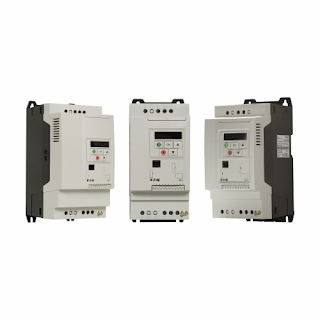Control Panel Design Programs Help Customers Complete Device Enclosures
On nearly every electronic device, the one feature that improves usability is the front panel. The front panel usually contains the control panel, which is a metal faceplate plate that contains indicator lights, pushbuttons, and toggle switches that help the user run the device. All electronics manufacturers need to design a front panel that improves customer usability. Front panels are also necessary when designing device enclosures, as tech companies are shifting away from the practice of housing essential electronics in cheap boxes. Many metal device enclosures on the market today lack a front panel, so it is necessary for these customers to design and purchase custom panels separately.
Fortunately, most front panel producers now offer control panel design programs that buyers can download and then use to create a panel that meets device specifications. This article will take a look at some of the ways that these control panel design programs help buyers complete device enclosures or create a component that is compatible with manufactured machines.
To better understand the need for custom control panels, consider how these devices are used. The device operator typically stands in front of the panel when debugging running programs, diagnosing hardware issues, and bootstrapping. The operator starts by using the toggle switches to provide commands for the device. Modern devices allow the operator to set switches to a language that the machine more easily understands. Some machines even allow I/O devices to be commanded right from the control panel. This means that panel design is critical, and no two devices need the same design. In order to ensure that customers have a unique design, they should use panel design programs.
These programs are typically provided to customers by the control panel design company at no charge. These CAD-based programs are then used to create the necessary panel by allowing the customer to add measurements and elements like drilled holes, color engravings, and rectangular cut-outs. Customers also appreciate the fact that these programs make it easier for panels to be customized to match exact device specifications. This allows customers to gain assistance with designing basic electrical assembly, lighting controls, motor controls, and automated systems.
These programs are preferred not only for the ability to customize panels, prototypes, and production runs but also because they help the customer save money. Control panel design programs typically have features within the program that calculate costs associated with each individual element. This allows customers to receive real-time cost updates and make decisions about what to include or remove based on whether or not a designed panel fits within its budget. Also, since projects are designed down to the last tenth of a millimeter, custom panels designed within these programs offer unmatched accuracy. Combined with the other benefits, the key takeaway is that panel design programs allow for the production of cost-effective, highly customized, precise panels.
Given these benefits, it is critical for customers to search for a control panel manufacturing company that provides a free CAD-based program that customers can use to build accurate, inexpensive, custom panels that fit existing device enclosures.

Comments
Post a Comment